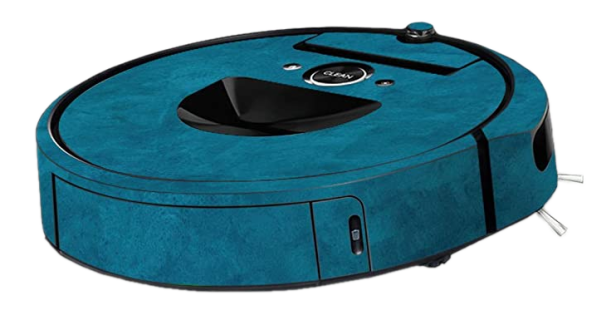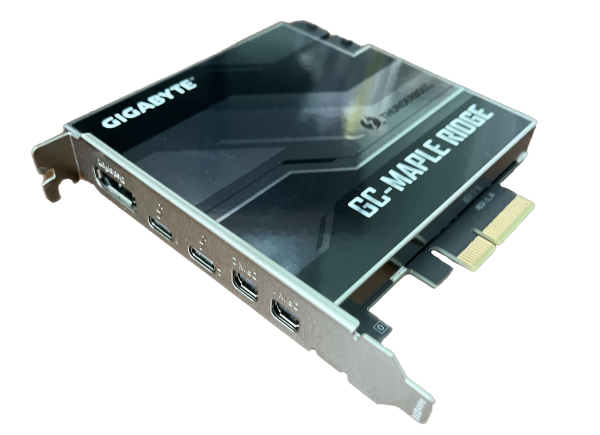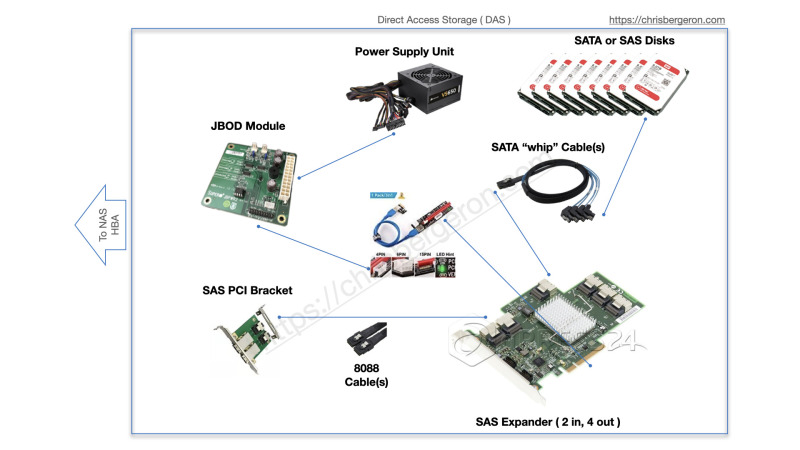O’Reilly’s Radar - Release 2.0 Magazine interviewed me about Dashwerks, Inc’s role in the proliferation of open-source technology and how we were able to develop a profitable business model using a hybrid open-source / proprietary business model. My interview is in the Winter 2007 issue.
|
|
 | In this issue of Release 2.0, we consider the state of the open source hardware products and business models that are emerging. It’s the future of manufacturing - and early signs of it are here now. |
You can read the current issue
here. You can purchase this issue of the magazine for $129.00, or get a 6 month subscription for $495.00.

Update July, 16, 2018:
O’Reilly is updating their website and they have released the eBook version of this for free.
From their site:
O’Reilly published Release 2.0 from February 2007 (when we acquired Esther Dyson’s Release 1.0 newsletter) through April 2009. In this print journal, we endeavored to provide “news from the future.” Looking back, we did a pretty good job. Themes included open source hardware, information visualization, web operations and performance, geo, and big data–all of which matter even more today. We’ve made PDFs of the entire archive freely available, so read, remember, and learn.








